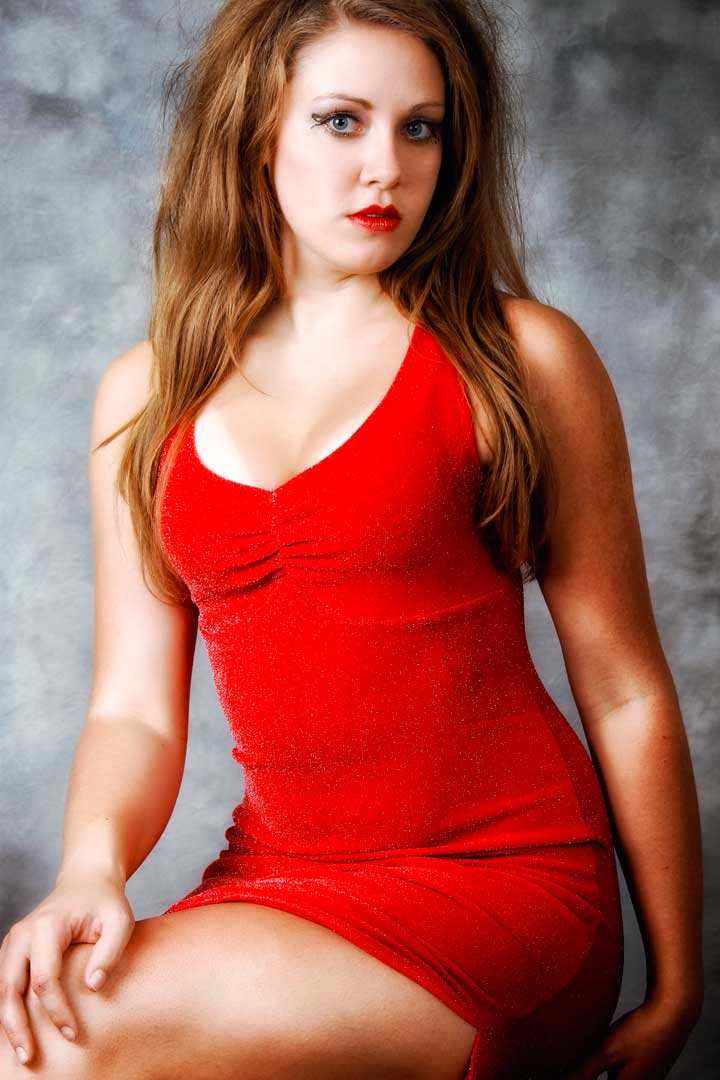Today’s Post by Joe Farace
Monolights, as I wrote about recently, combine power supply and flash head into a single unit. Another approach to studio lighting is used by power packs & heads systems that offer these components as individual units that can be mixed and matched to produce different lighting set-ups.
Because there’s no internal power supply, the flash heads in these systems can be smaller and some are downright tiny allowing you to place them in locations where larger monolights might not fit. Because these heads are often smaller than a monolight, there’s room for cooling fans without the head size getting too large or the fan too big and noisy.
 Another advantage is the power supply can control more than one head. Usually the output for each flash is controlled separately in either symmetric or asymmetric configurations.
Another advantage is the power supply can control more than one head. Usually the output for each flash is controlled separately in either symmetric or asymmetric configurations.
The power supply itself can be larger because the design needn’t be concerned as much about heat buildup affecting the flash head allowing more flash heads to be connected. Sometime you can get by with two lights as this set-up demonstrates.
How I Made this Shot: For this portrait of Amber, the main light had a Broncolor head with 28-inch square softbox that was placed at camera left. A second head provided fill and was fitted with a 60-inch parabolic umbrella. The background is Westcott’s collapsible Blue Skies backdrop. Exposure with an entry-level Canon EOS Rebel T3 with EF-S 18-55mm f/3.5-5.6 IS lens (at 51mm) and an exposure of 1/125 sec at f/14 and ISO 100. Image was retouched and processed in Color Efex Pro’s Tonal Contrast and Glamour Glow filters.
I was easily able to change power settings on the power pack putting just the amount of light I wanted to place in whichever head was doing what job. For a two head system the versatility was unmatched although occasionally I could have liked a slightly longer cord on one of the heads as I was trying all these various lighting configurations.
Lighting ratio: When using any studio flash system you’re eventually going to encounter this buzzword. Lighting ratio is the difference in the brightness of light falling on your subject between the main (or key) light and the fill light but there can also be tertiary lights such as adding highlights to the subject’s hair or illuminating the background. Understanding this concept can be important with power packs that offer asymmetric controls that can be set for different output intensities. A lighting ratio of 3:1 is considered “normal” for color photography but photographers can be flexible in applying this rule and to tell the truth I seldom worry about hitting a specific ratio.

If you enjoyed today’s blog post and would like to treat me to a cup of Earl Grey tea ($2.50), please click here. And if you do, thanks so much.
If you’re interested in learning how I shoot portraits and how I use cameras, lenses and lighting in my in-home studio and on location, please pick up a copy of my book Studio Lighting Anywhere that’s available new from Amazon.com for $5.92 or used copies starting at just $2.23 used, as I write this, which seems like a heckuva deal. The Kindle version is $5.63, if you prefer a digital format format.